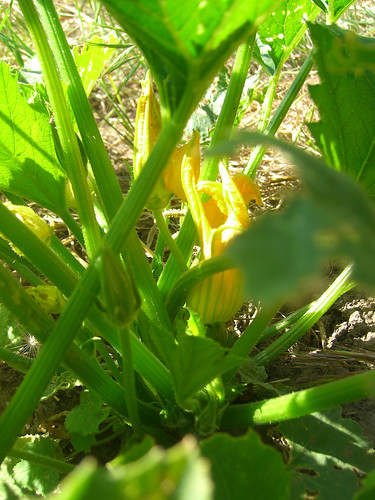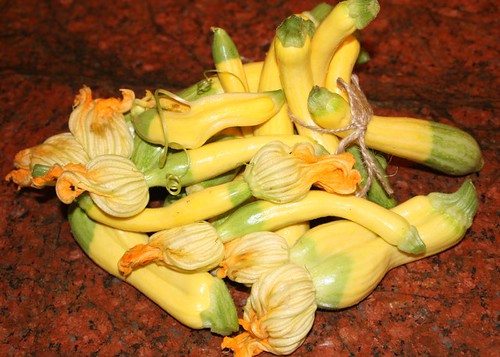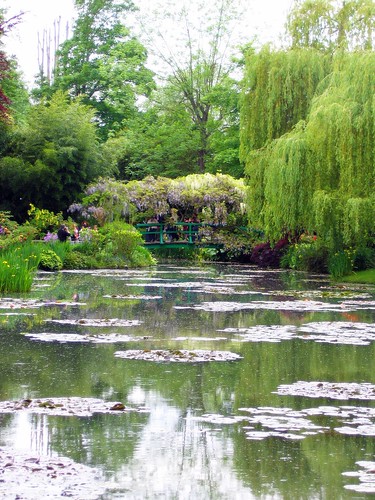![]()

TheGardenLady received this question from Rachel:
I’m at college studying floristry and I’m trying to find the seasonal availability for Aspidistra but can not find it anywhere. I was wondering if you could help me on that one please.
The Aspidistra is a plant that is a native of the Eastern Himalayas, Taiwan, China, and Japan. In the US it is grown as a houseplant unless you live in Zones 7 (preferably 7b) and warmer climates.
In the warmer climates the Aspidistra plant is grown outdoors as an evergreen foliage plant. (You can attempt to grow it in Zone 6b provided you don’t have temperatures dropping too low because a hard winter will knock the leaves off, or, although they probably will grow back by June because the root is so tough, will look ratty if frozen.) (In 6b you can attempt to grow Aspidistra outdoors if you put a wire container around it and fill it with a mulch of something like leaves or boughs of evergreens to a depth of a few feet during the winter.)

 Â
 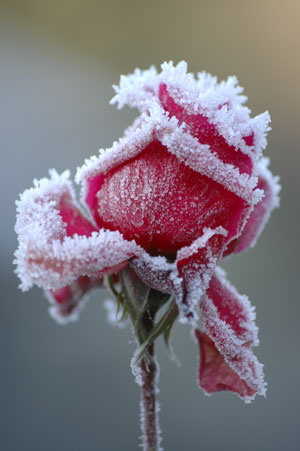
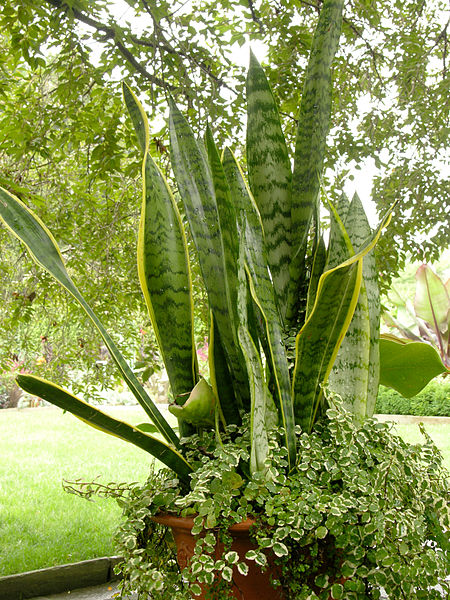 Â
 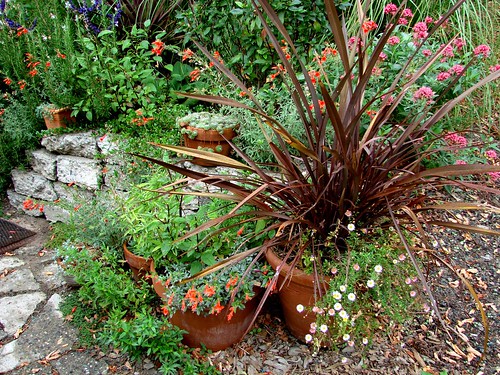 Â
  Â
 